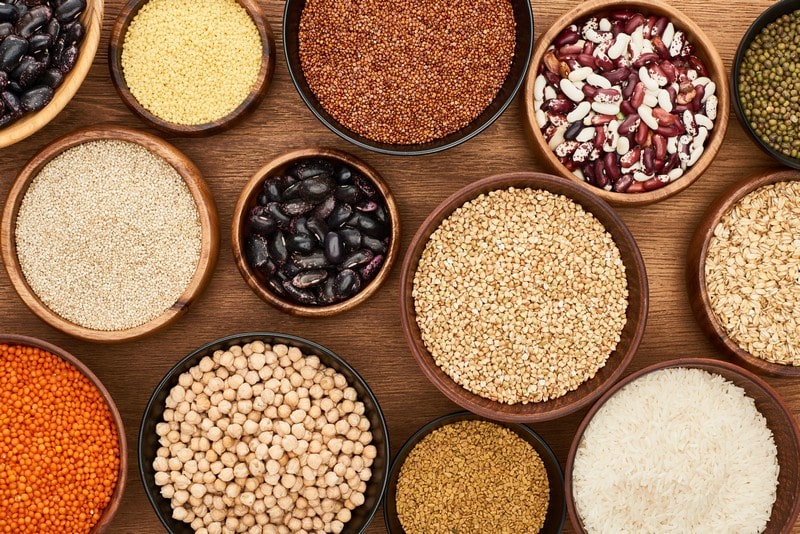Whole Grains

Many health advantages have been attributed to whole grains in studies. However, processing often removes sections of the grain rich in beneficial nutrients and minerals, such as iron. The highest iron content per serving may be found in the following four varieties of whole grains.
Cooked oats are a rich source of protein, fiber, zinc, and folate; a cup provides roughly 12 percent of the DV. However, make sure to choose regular oats to avoid added sugars.
Quinoa is a pseudocereal high in protein, fiber, complex carbohydrates, vitamins, and minerals. In addition, those who have celiac disease or are gluten intolerant may safely consume quinoa since it contains no gluten. Furthermore, its benefits to metabolism may reduce the likelihood of developing cardiovascular disease, which is linked to anemia.
On the other hand, unlike most modern grains, amaranth didn’t originally come from grasses and is a pseudocereal. Research shows that amaranth products, such as processed bread, reduce the incidence of anemia and improve hemoglobin concentration. Also, cooked Spelt is an excellent source of iron and dietary fibers. Even more so than regular grains, it has a greater protein and mineral content, including magnesium, selenium, and zinc.










